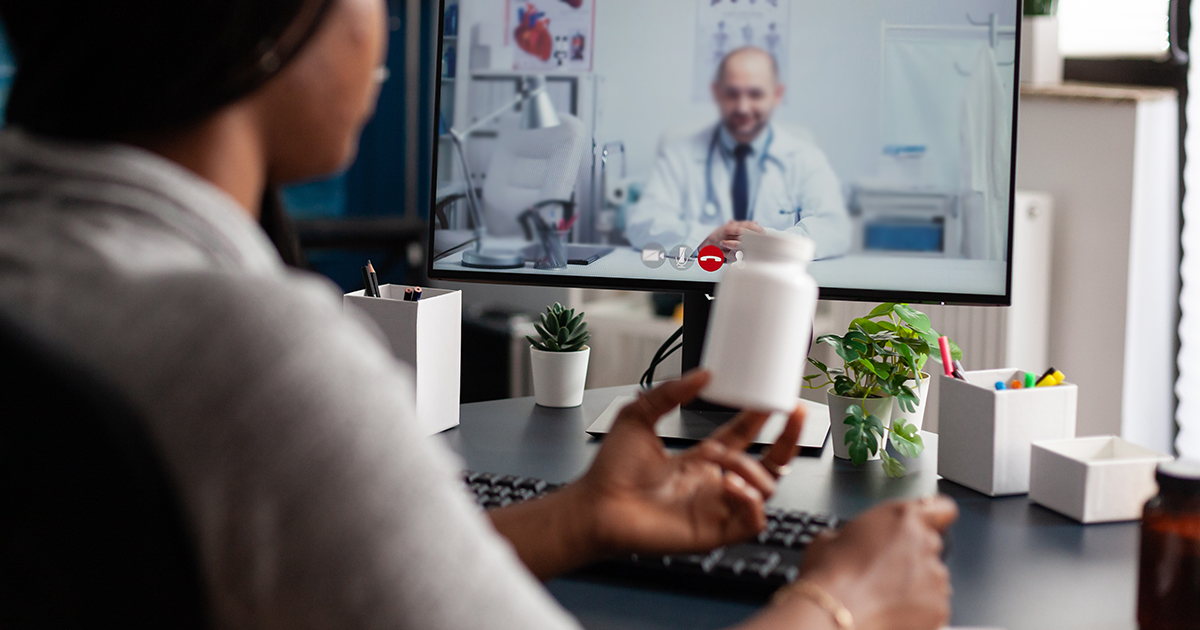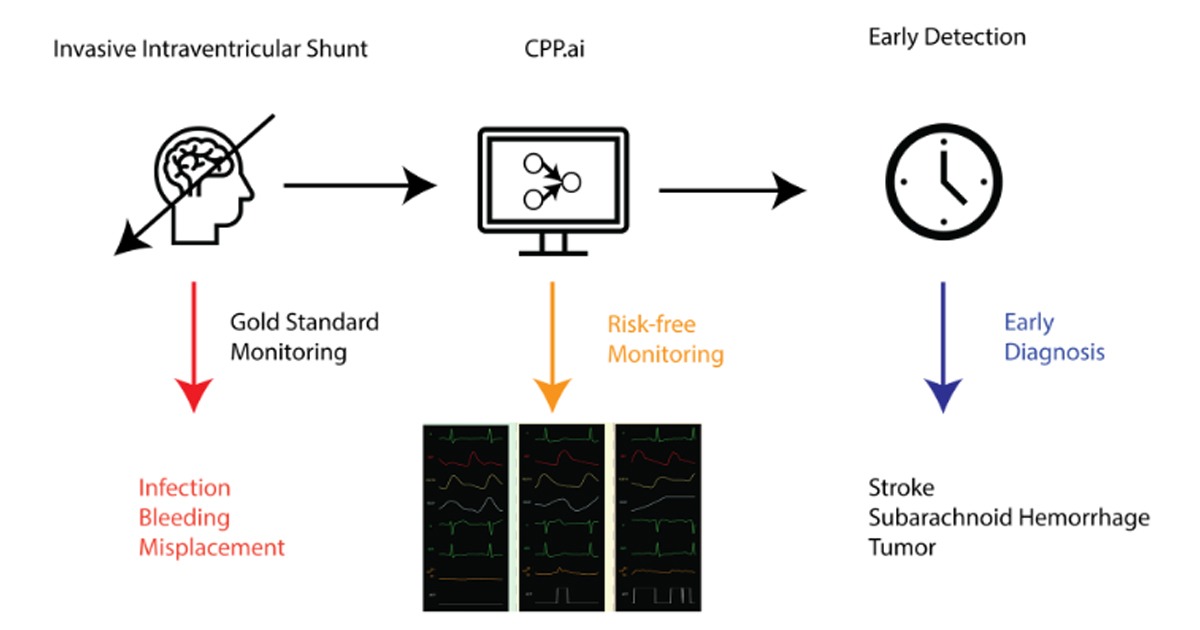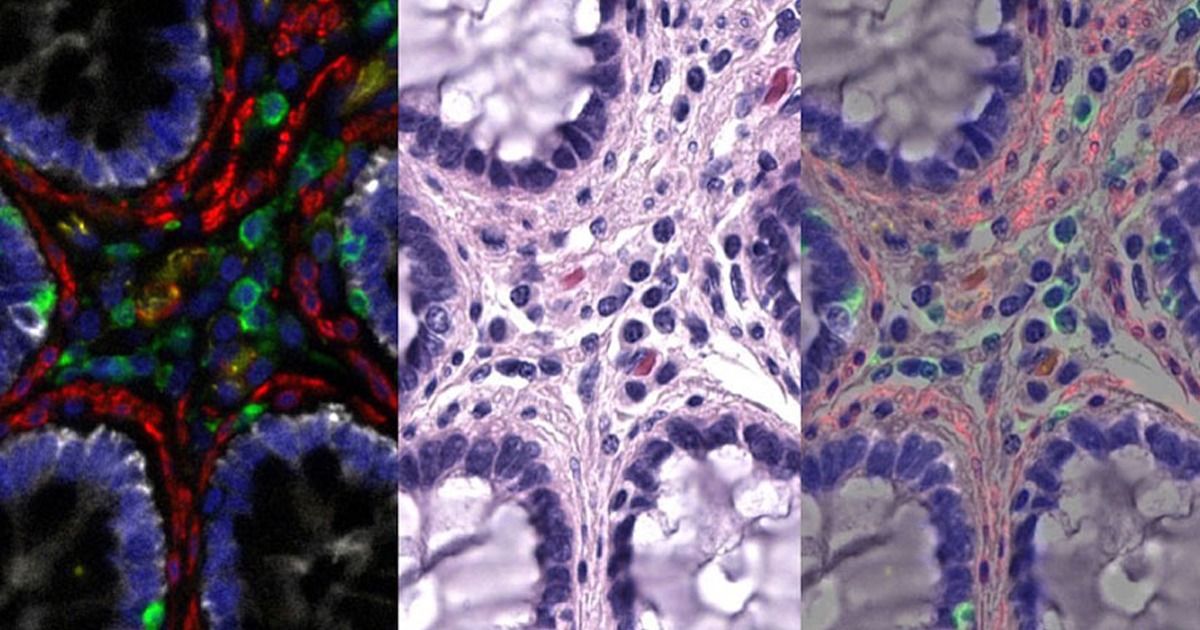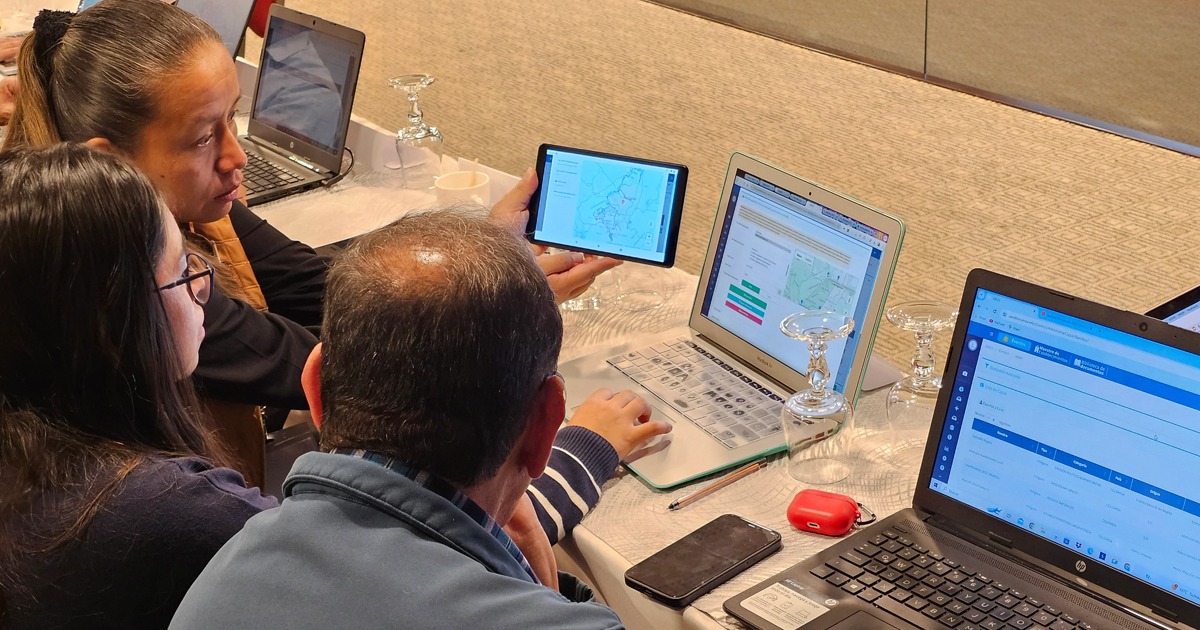Nature recently published the article “Wearable sensor data and self-reported symptoms for COVID-19 detection” which shows that through symptom monitoring it is possible to improve the prediction of COVID-19 infection.
As part of the DETECT (Digital Participation and Early Control and Treatment Monitoring) program, the study was conducted to explore whether wearables such as smartwatches can be used to collect data on COVID-19 symptoms. For them, 30,529 participants were registered between 25 March and 7 June 2020.
Of the total number of participants, 3,811 reported symptoms of COVID-19, however, only 54 people tested positive for COVID-19 after undergoing the test and 279 reported a negative result.
The study addresses the problems of reopening businesses, schools and other activities and considers that applied measures can ignore pre-symptomatic or asymptomatic cases, representing between 40 and 45% of SARS-CoV-2 infection cases. The study presents data from other sources, indicating that high temperature (>37.8oC), is not a common factor in infected patients, as it is only present in 12% of positive cases, and in 31% of hospitalized patients.
Through smartwatches and activity trackers, they record physical activity, soil and other metrics such as resting heart rate, among others. On the DETECT platform, users can share their device data, self-informed symptoms, diagnostics, electrical health log data to improve viral disease tracking.
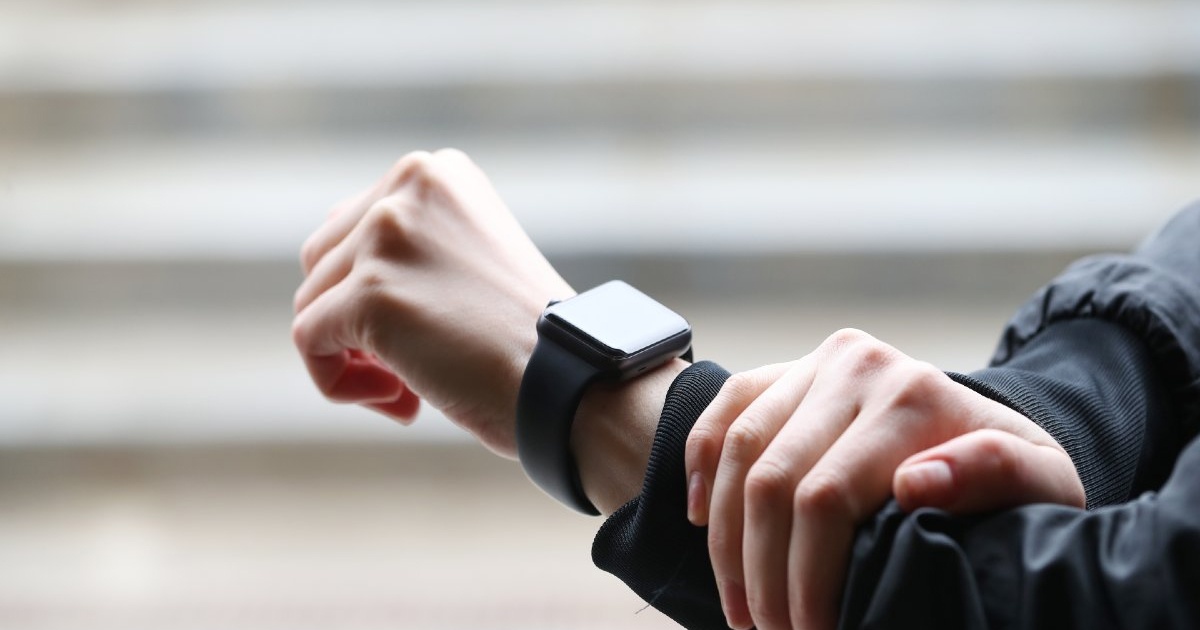
The symptoms reported through these more recurrent devices in users who tested positive for COVID-19, were fatigue, cough and headache. In addition, sleep and physical activity also showed differences between users who tested positively and those who tested negative.
“Our results show that individual changes in physiological measures captured by most smartwatches and activity trackers are able to significantly improve the distinction between symptomatic individuals with and without a diagnosis of COVID-19 beyond symptoms alone. Although encouraging, these results are based on a relatively small sample of participants,” the authors mention on the article’s discussion chapter.
In addition, the authors also consider that such devices and studies work for the detection of other viral diseases, such as flu.
